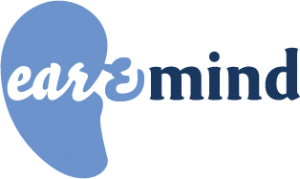“The Brain’s Way of Healing”
“The Brain’s Way of Healing”, a new book by Norman Doidge
Will the French rediscover the principles of Alfred Tomatis via the North American continent?
Norman Doidge is a psychiatrist, psychoanalyst and researcher at Columbia University in New York, where he also teaches. Columnist for the Canadian newspaper “The National Post”, he shares his time between Toronto and New York.
In his previous bestseller “The Brain that Changes Itself”, praised by the neurologist Oliver Sacks, author of “Musicophilia”, Doidge brought to the public a series of studies and research exemplifying the most important change in our understanding of the brain since the beginning of modern science, namely brain plasticity.
For centuries it was believed that the price we paid for our brain’s complexity was that it could not regenerate. That it was unable to recover mental abilities lost because of damage or disease.
Today, with his book “The Brain’s Way of Healing”, Doidge reverses this belief when he explains how the brain’s capacities are highly dynamic. How its very sophistication makes possible a unique and gentle kind of healing.
In his book’s last chapter, he introduces the works of Alfred Tomatis, building on the experience of psychologist and Tomatis practitioner Paul Madaule, who has been running a “Listening Center” in Toronto, Canada for several years.



